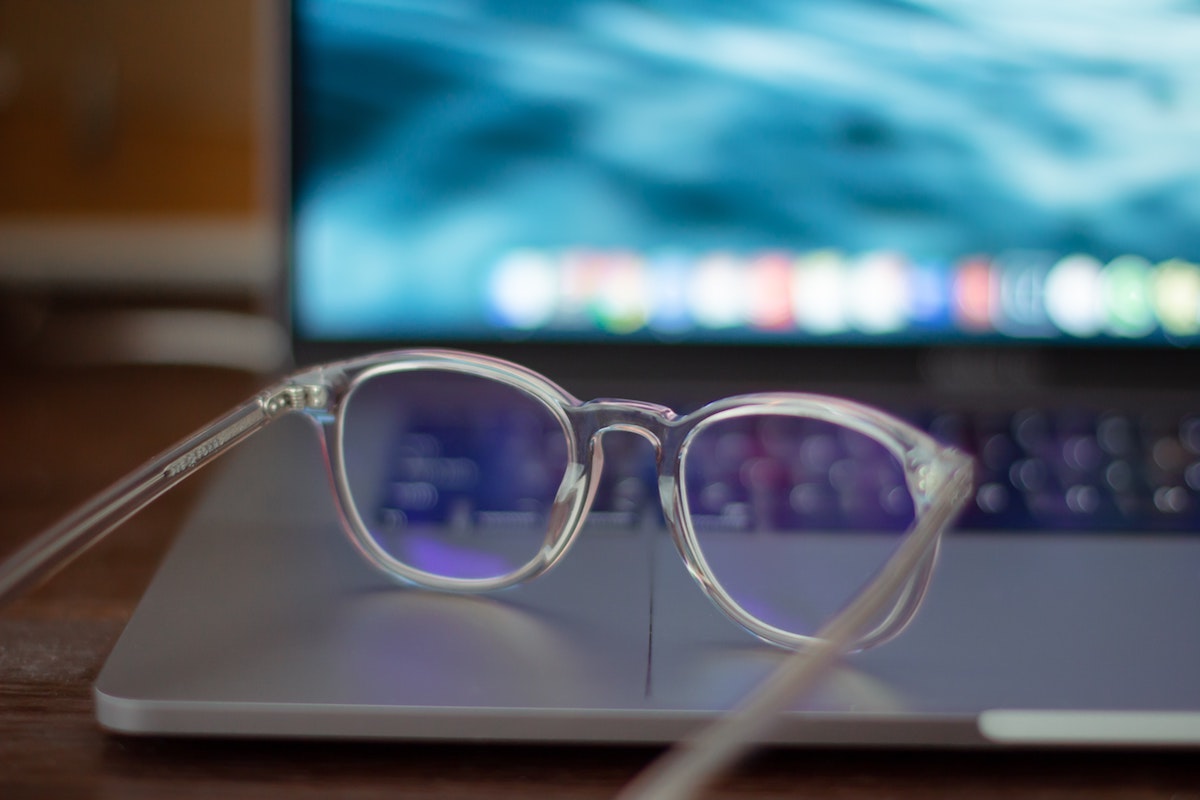Today’s technology is an amazing gift and has improved the quality of our lives in innumerable ways. However, in light of the current pandemic, when human contact has in many ways been supplanted by wireless connections, we must not forget to take frequent breaks from what we are doing to prevent the negative impact that cell phones and computers are having on our eyes. Here, Dr. Jacob Israel Liberman shares his insights and discoveries about light, vision and consciousness, and how it applies to an increasingly Skype and Zoom-driven world, offering tools for improving our eyesight and expanding our insight.
We hope you’ll enjoy this excerpt from Luminous Life: How the Science of Light Unlocks the Art of Living in which Dr. Jacob Israel Liberman shares the latest research and tools for how not to lose “sight” of the big picture when the world is confined to the size of our devices.
. . .
Many years ago, when I was in optometry school, I was introduced to the concept of near-point stress. This occurs when our eyes are confined to a two-dimensional plane for prolonged periods while reading or computing, and is characterized by physiological changes associated with stress. The reason this occurs is that humans are genetically designed and neurologically wired to see the world in a three-dimensional form. Any activity or environment that creates a mismatch between our genetic design and our life’s preoccupation creates stress, reducing our quality of life and potentially contributing to disease.
When your vision is confined, you feel imprisoned, as if you have lost your freedom. That can lead to a variety of stress-related symptoms and aberrant behaviors . . . . Restricting the expanse of our three-dimensional vision by focusing on our cell phones or computer monitors for extended periods is like being in an elevator for too long and wanting to escape. The human eye is primarily intended for distance vision. But since so much of our time is spent looking at our computer screens and cell phones, our eyes end up working too hard and, without frequent breaks, experience fatigue, which often leads to myopia and astigmatism.

Whenever you spend too much time focusing up close, you will notice that when you look up and away, things may initially appear blurry. That temporary blur at distance is one of the most common early symptoms of near-point stress that most people have experienced at some time in their lives. Other common symptoms of this stress syndrome include eyestrain, headaches, double vision, burning or watery eyes, and eyelid twitches.
As a result of the widespread use of computers and handheld devices, deteriorating vision is now the world’s largest health epidemic and is continuously growing . . . . Scientists know that a person’s environment is related to whether they develop myopia, and believe that staring at computer screens and cell phones is a major contributor to this epidemic . . . .
Two-thirds of the US population wears glasses, yet less than 1 percent are born needing them. Virtually all Americans under age sixty use computers and as many as 90 percent complain about eyestrain (computer vision syndrome) . . . .The significant increase in the number of young people becoming myopic is quite telling. Just look through a pair of glasses used by a nearsighted person and you will notice that they make everything appear smaller and closer. The underlying reason for nearsightedness is that the person has literally shrunk their worldview in response to unnatural socially accepted demands, and the prescription in their glasses just mimics the perceptual adaptation they have made.
Since the use of computers and handheld devices significantly diminishes our field of perception, it is easy to see how the prolonged use of those technologies can cause a perceptual adaptation. The more we focus on digital technology at close distance, the more visual stress we create. And the more our perception narrows, the less we see, remember, and learn, resulting in less efficiency in our working lives, contrary to what the sellers of this technology tell us . . . .
To preserve your eyes and optimize visual performance while reading, computing, or using your handheld device, please consider these suggestions:
1. Use ample lighting and, when possible, use natural light.
2. Face your desk toward a window.
3. Sit in a comfortable chair with your back erect.
4. Remember to breathe, blink, and look softly.
5. Hold your cell phone farther away from you, rather than closer to you.
6. Every fifteen minutes, look up, look away, breathe, and walk around for a minute.
7. Create a bookmark like the one below and use it when reading a book.

. . .
Excerpted from the book, Luminous Life. Copyright © 2018 Jacob Israel Liberman. Reprinted with permission from New World Library. www.NewWorldLibrary.com
Written by Jacob Israel Liberman


